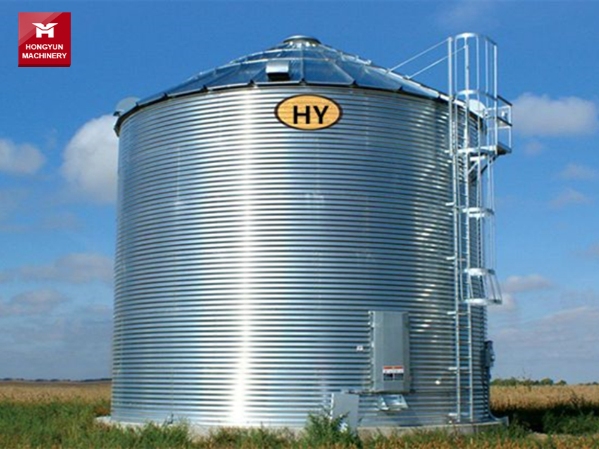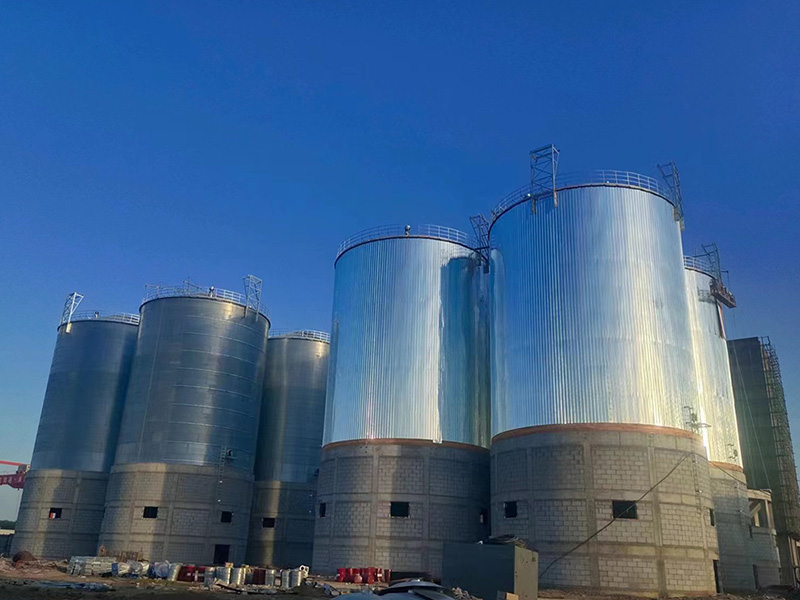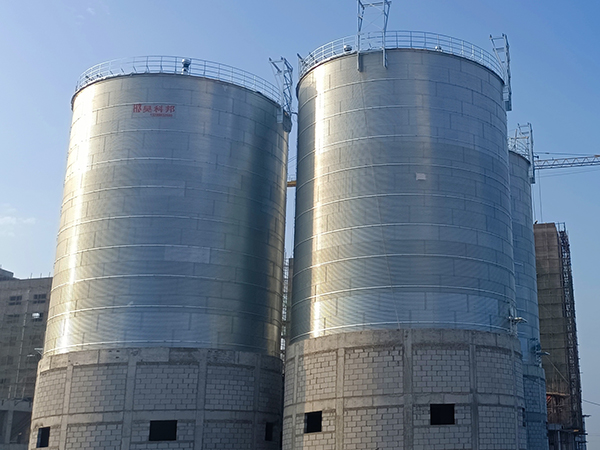Steel Silo, Process, Installation Process in Uganda
Steel silo bottoms typically come in two forms: flat-bottom and conical-bottom. From a process and usage perspective, the conical-bottom silo is generally preferred due to its advantages, such as preventing grain accumulation and eliminating the need for cleaning equipment.
- Main Advantages of Wheat Silo in Uganda
- Main Functions of Wheat Silo in Uganda
- Corn mill factory in Mali
- Maintenance Methods for Wheat Silo in Uganda
- Maintenance Methods for a Rice Silo in Uganda
- Wheat mill supplier in Malawi
- Installation Process of a Rice Silo in Uganda
- Structural Composition of a Rice Silo in Uganda
- Flour mill sale in Rwanda
- Main Advantages of Rice Silo in Uganda
- Primary Functions of Rice Silo in Uganda
- Grinding mill cost in Libya
Choosing the Conical Bottom Design for Steel Silo
Optimal Selection of Steel Silo Bottoms
Steel silo bottoms typically come in two forms: flat-bottom and conical-bottom. From a process and usage perspective, the conical-bottom silo is generally preferred due to its advantages, such as preventing grain accumulation and eliminating the need for cleaning equipment.
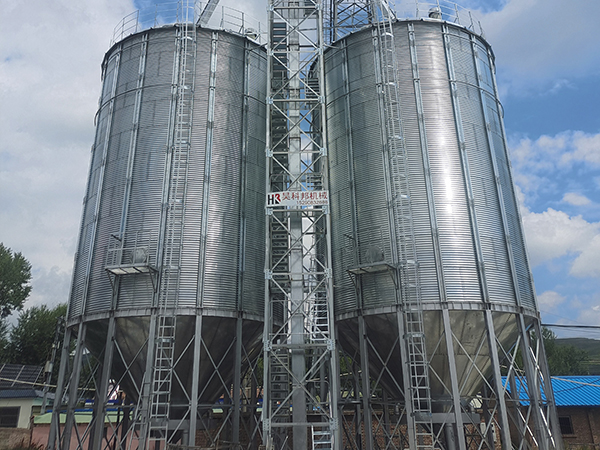
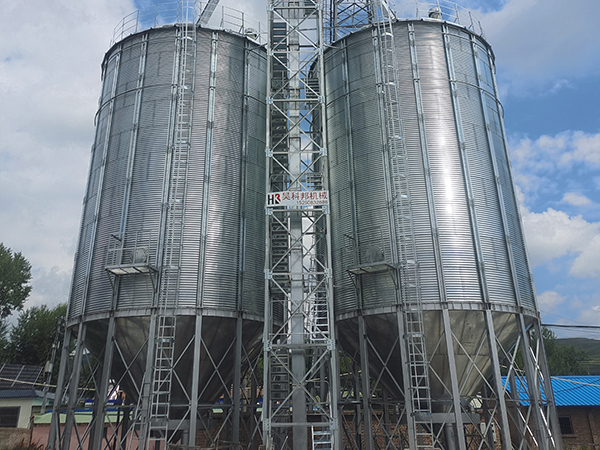
Limitations of Conical-Bottom Silos
However, the application of conical-bottom silos has certain limitations. Experience has shown that conical-bottom silos are only suitable for silos with a diameter of less than 10 meters and a capacity of no more than 1500 tons. For larger diameter steel silos, the design is determined by the natural flow angle of the material stored. The smaller the natural flow angle of the material, the greater the height of the cone. The natural flow angle for grain is generally around 40 degrees. Therefore, when the diameter of a steel silo is large, the height of the supporting beams in the foundation structure significantly increases.
Consider a 15-meter conical-bottom steel silo. To accommodate the necessary process for the equipment beneath, the foundation’s upper ring beam must extend to a minimum height of 8 meters.The material in a conical-bottom silo, due to its large capacity and high center of gravity, requires a more substantial and modified supporting structure. This requirement for additional support and increased height consequently leads to a higher foundation cost. Consequently, this cost is over 40% higher compared to a flat-bottom silo with the same capacity.
Foundation Cost Implications for Large-Diameter Silo
When the diameter and capacity of the steel silo are large, the choice of silo type has a clear impact on the foundation cost. When the diameter of steel silos surpasses 10 meters, preference should be given to flat-bottom designs. This approach is recommended due to their advantages in such dimensions. This selection not only meets the performance requirements but also significantly reduces the engineering cost.

